Last updated: May 21, 2018
Article
DeSoto and Boyer Chute National Wildlife Refuges
In honor of the 50th anniversary of the National Trails System four special dogs, the Lewis and Clark Pups, will travel in the paws of their ancestor Seaman, dog of Meriwether Lewis. The pups will travel more than 3,700 miles to complete their mission to commemorate and protect the Lewis and Clark National Historic Trail. As they make their stops they will be reporting back in on their adventures. Follow Rocky, Harper, Dakota, and Keelie on their adventures in the Newfie News Blog!
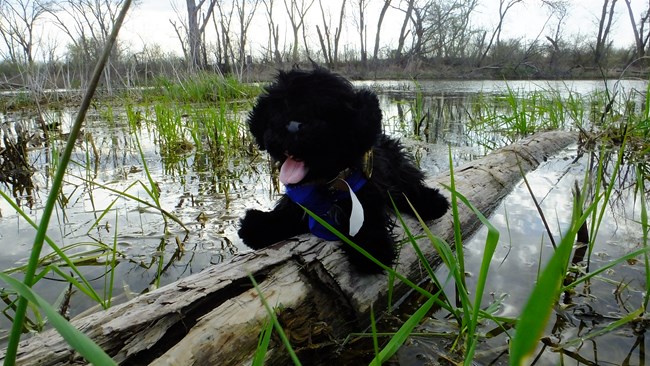
I learned today, DeSoto and Boyer Chute still serve as important resting areas, but it is for the thousands of migratory birds that fly through the area every spring and fall. The rangers told me that many of these migratory birds depend on wetlands as places to stop, rest, and feed during their long journey. I got to visit one of the wetlands at DeSoto and got to see lots of resting and feeding birds I am glad they have restored these wetlands for wildlife, but I prefer resting in my dog carrier!
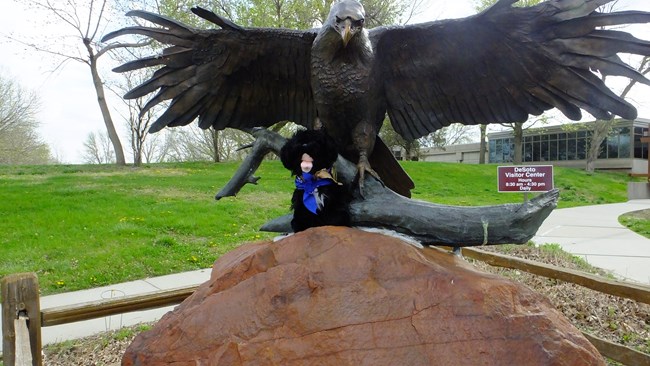
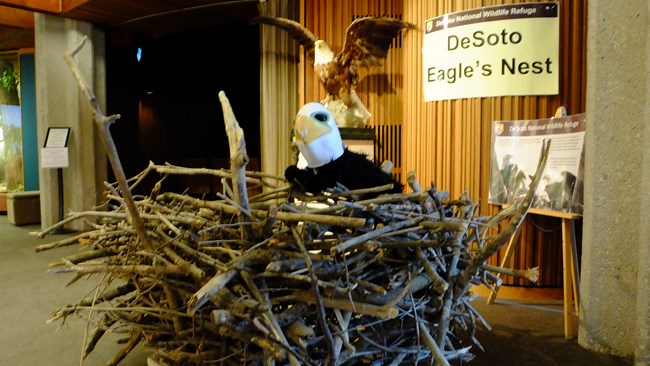
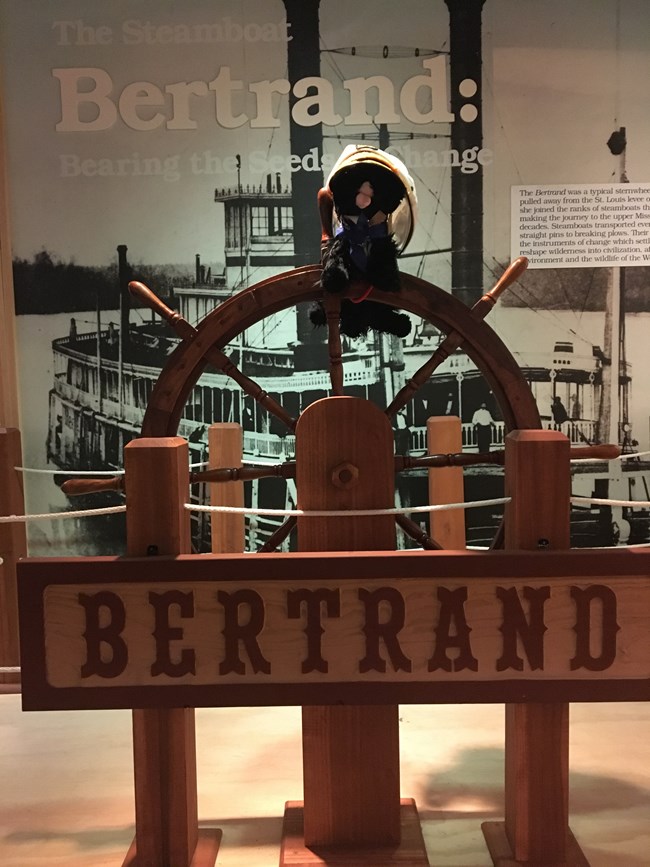
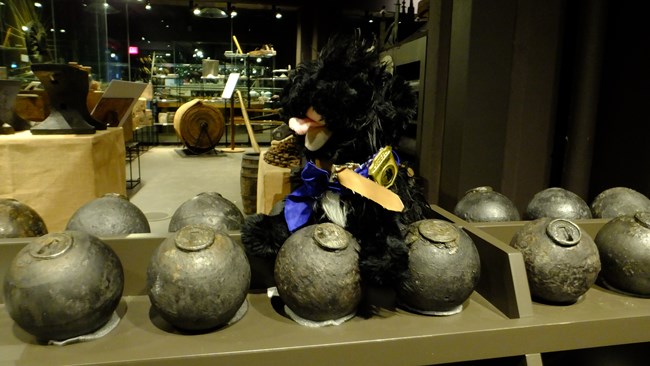
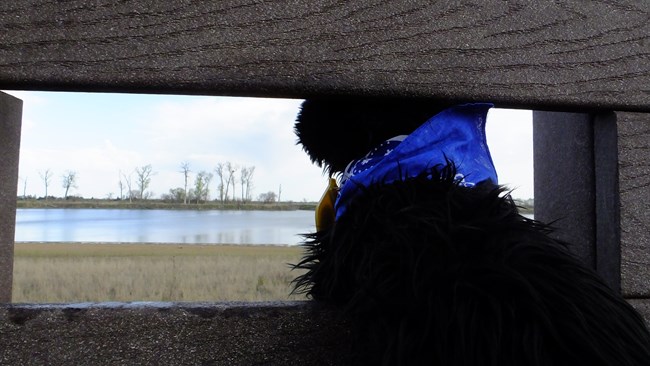
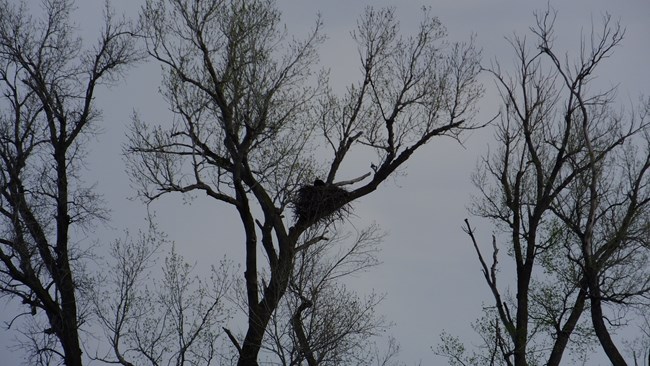
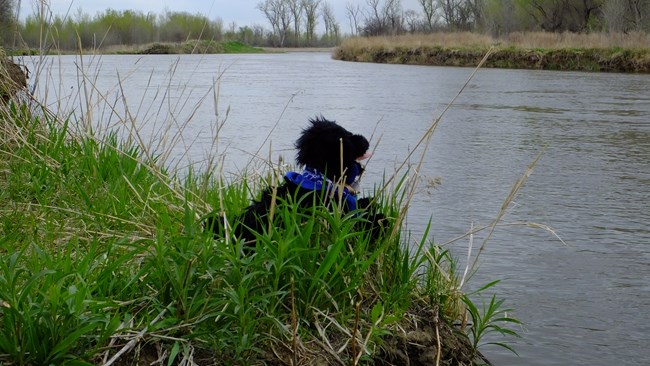
I had a great time at DeSoto and Boyer Chute National Wildlife Refuges. I am glad to know that there are places set aside for wildlife. Hopefully I’ll visit another National Wildlife Refuge along my journey up the Missouri River!
Learn more about DeSoto and Boyer Chute National Wildlife Refuges:
DeSoto National Wildlife Refuge Website
Boyer Chute National Wildlife Refuge Website
Learn more about the Lewis and Clark National Historic Trail:
Website
Newfie News Blog
